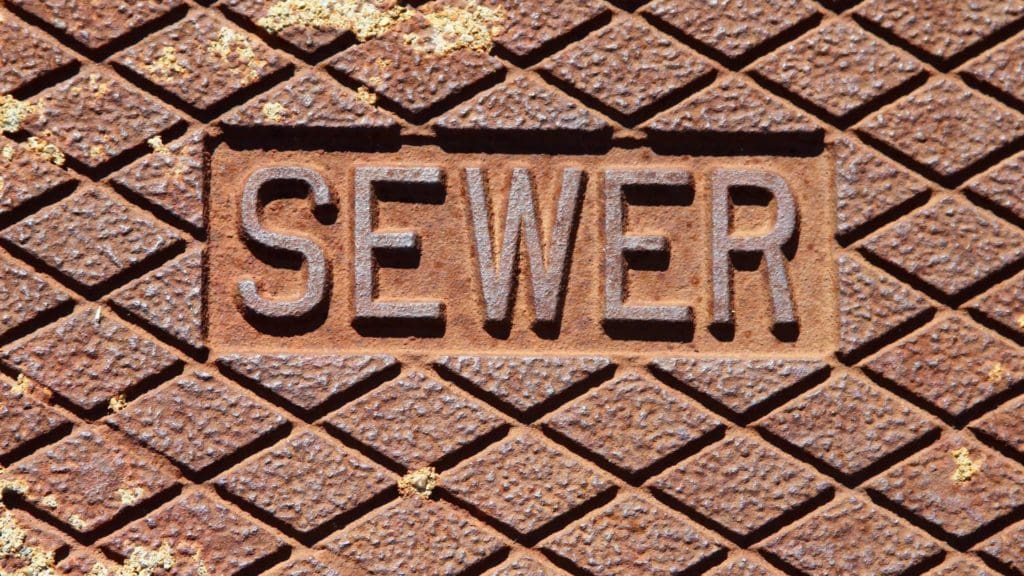Cleaning Up the Mess after a Sewage Backup
Regardless of whether a flood has overloaded the city sewers, or you have a clogged sewer line on your property, sewage overflows are hazardous to your health. It is for this reason, you need to clean up the sewage spill as soon as possible. The most important thing you need to do before you start cleaning up sewer water is to shut off the power in your home. Do not enter an area that’s been flooded or touch the fuse box and electrical wires if electricity is still present! After you shut off the electricity, you can enter the area affected, but make sure that you wear adequate protective equipment, including either washable or disposable clothes, a dust mask, rubber boots, gloves, and goggles.
If the area affected is outside your home, you can use a shovel to remove the contaminated soil. Then, spread garden lime evenly over the remaining soil to enhance the degradation of any organic matter left and reduce the odor. Make sure that you contain the area to prevent accidental contact with the lime and any remaining contaminants. After a couple of days, you can work the lime into the soil and use a sprinkler to water the entire area. You can allow access to the area after the soil dries out completely.
If the sewage has backed up into your home, you need to thoroughly clean and disinfect the areas affected in order to reduce the risk of disease. Before entering the areas exposed to sewer water, make sure that you put on the protective equipment mentioned above. If you have hardwood, laminate, vinyl, or tile flooring, and it was a minor sewage spill, you can just mop the area. If there is a lot of water, you might need to use a pump. After you remove excess water and dirt, start separating the salvageable items from the items that should be thrown away.
Any materials or items that have come in contact with sewer water and cannot be properly cleaned and disinfected should be disposed of. For example, you should discard contaminated baby toys, wall-to-wall carpeting, pillows, mattresses, foam-rubber items, books, paper products, and any other items that soaked up sewer water and are difficult to disinfect. After you put all the discarded items in heavy plastic garbage bags and remove the furniture pieces that cannot be saved, take them to a landfill or contact your trash collection company about removing them.
Once the affected areas are free of debris, wash down all the walls, floors, and other surfaces affected with household cleaning products. After washing all the areas, sanitize them with disinfectant. You can even hire a professional cleaning company, which has the necessary equipment to steam clean and disinfect your entire home. As well, if your ductwork has been submerged in sewer waters or dirt has entered your HVAC system, make sure that you hire a certified specialist to handle the cleanup.
While you clean and disinfect the areas affected, open your windows and doors to lower the humidity in your home. As well, you can use your HVAC system along with a few fans to circulate the air but only if the system and/or air ducts weren’t flooded by sewer water. Improving ventilation will also prevent the toxic substances released when using cleaning supplies from accumulating inside. Once you clean and disinfect all the areas and items exposed to sewer water, you can use a dehumidifier or place a few moisture absorbers throughout your home and inside cabinets, closets, and other enclosed spaces where air can’t move through.
Remember, however, that you should attempt a DIY sewage backup cleanup only in the case of a minor spill that is confined to a small area of your home, such as your bathroom or part of your kitchen. A major sewer overflow should be left to the professionals, who know exactly how to do the job safely and effectively.
Preventing Sewer Overflows in the Future
Because a sewage backup can be one of a homeowner’s worst nightmares, here are a few steps you can take to prevent it:
- ensure proper landscape grading to prevent water from accumulating near your home;
- call a plumber as soon as you notice the first signs of a clogged drain;
- have an inspection done on all of your pipes and valves in your home at least once a year; if the professional identifies any problems with your drainage system, allow him to complete all the repairs recommended;
- avoid planting trees or shrubs with aggressive root systems near your home or at least install a root barrier, like the BioBarrier system, which can help prevent damage to your pipes and home.
When dealing with a sewage backup, it’s best to call in a professional plumber. That’s because more important than cleaning up the mess is to have your drainage system inspected by a professional, who not only can identify the problem that caused the sewer to back up in the first place but can also fix the issue to prevent another spill from happening in the future. For a complete plumbing and sewer line inspection, fill out our form for a free consultation.


One Response
It does make sense to leave your sewer water in the hands of reputable cleaning experts since they can prevent it from spreading around your home. I can see how water restoration teams can help homeowners after a huge sewer backup incident. I should keep this in mind if this happens to my future home someday.